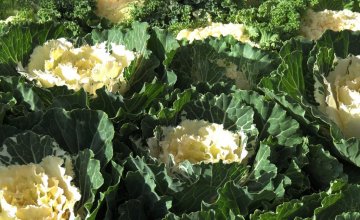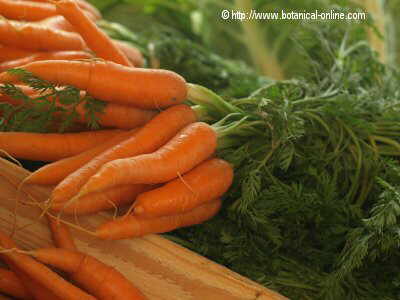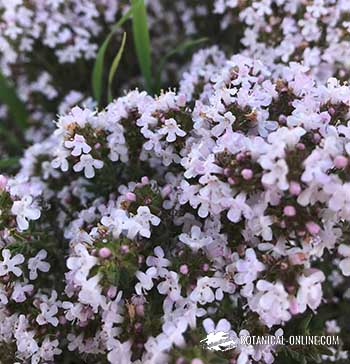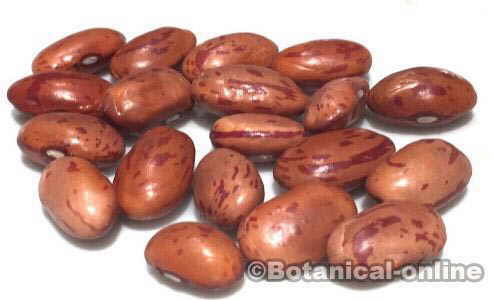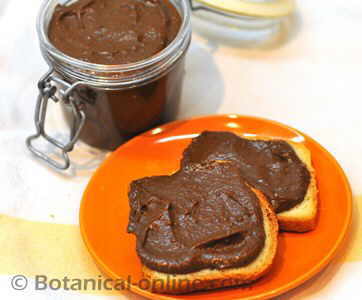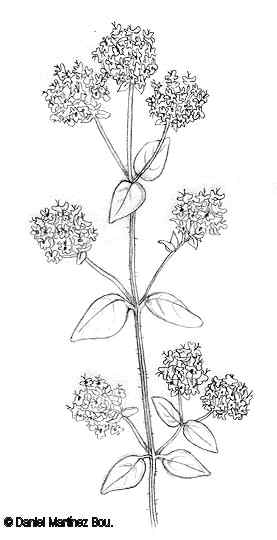Contents
Benefits of monounsaturated fatty acids
CHARACTERISTICS OF MONOUNSATURATED FATTY ACIDS
What are monounsaturated fatty acids?
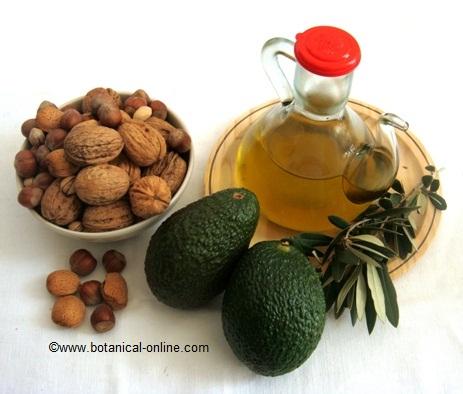
Photo of foods rich in omega 9. The most important sources of omega 9 are olive oil and avocado. We also find them in nuts. Vegetables mostly contain unsaturated fatty acids, and their extractions (vegetable oils) are liquid at room temperature (unlike saturated animal fat, which is solid, such as butter or shortening)
Monounsaturated fatty acids are a type of fats that are characterized by the presence of a double bond between its carbon chains.
Oleic acid or omega-9 is the best known of monounsaturated fatty acids, due to its abundance in the diet (found in many foods, both animal and vegetable) and the benefits of omega 9 for health.
Monounsaturated fatty acids are classified within the group of unsaturated fats. Within this group are also polyunsaturated fats.
Unlike polyunsaturated fats, monounsaturated fatty acids are not essential fatty acids, because the human body is able to synthesize monounsaturated fats from other substrates such as carbohydrates, other fats, etc.
Essential fatty acids are those that belong to the group of polyunsaturated fats omega 3 (linolenic acid) and omega 6 (linoleic acid), which are those that the body can not synthesize and if they must be provided externally, through food.
Types of monounsaturated fatty acids
The most common monounsaturated fatty acids in food are usually those containing 16 and 18 carbons.
They are called palmitoleic acid and oleic acid respectively. They are designated by the following scientific nomenclature, corresponding to the number of carbons in the chain and the number of unsaturations: C16: 1 and C18: 1
| Table of common monounsaturated fatty acids | |
| Monounsaturated fatty acid | Name |
| C10:1 | Caproleic acid Animal feed containing it Milk of ruminants |
| C12:1 | Lauroleic acid Animal feed containing it |
| C14:1 | Myristoleic acid |
| C16:1 | Palmitoleic acid Plant foods containing it Most vegetable oils, coconut, macadamia nuts Animal feed containing it Most animal fats, meats, sausages, etc. Fish oils |
| C18:1 | Oleic acid (OMEGA 9) Plant foods containing it Olive oil, avocado oil, high oleic sunflower oil, high oleic safflower, almond oil and walnut,… Animal feed containing it Butter, pork fat, sausages, mackerel |
| C18:1 | Ricinoleic acid Plant foods containing it |
| C20:1 | Gadoleic acid Animal feed containing it Fish oils |
| C22:1 | Erucic acid Plant foods containing it Raw rape seed oil |
| C24:1 | Nervonic acid |
Foods rich in omega-9 monounsaturated acids
Ordered from highest to lowest omega 9 fat content:
| Per 100g. | Monounsaturated fatty acids |
| Oleic acid Omega 9 (g.) | |
| Olive oil | 70 |
| Hazelnuts | 45,8 |
| Peanut oil | 44,8 |
| Palm oil | 37,1 |
| Pistachios | 34,8 |
| Almonds | 32,6 |
| Corn margarine | 32,6 |
| Corn oil | 29,4 |
| Cashews | 24,4 |
| Butter | 22 |
| Peanuts | 21,6 |
| Soybean oil | 20,8 |
| Sunflower oil | 20,2 |
| Cod liver oil | 18,3 |
| Avocado | 15,1 |
| Walnuts | 10,8 |
| Sunflower seeds | 10,7 |
| Coconut oil | 5,8 |
| Hard cheese | 5,3 |
| Fresh cheese | 3,6 |
| Tunna in vegetal oil | 3,6 |
| Dried grated coconut | 3,5 |
| Veal | 2,1 |
Content of the previous food in polyunsaturated fatty acids
| Per 100g. | Polyunsaturated fatty acids | |
| Linoleic acid Omega 6 (g.) | Linolenic acid Omega 3 (g.) | |
| Olive oil | 9,1 | 0,85 |
| Hazelnuts | 8,5 | 0,11 |
| Peanut oil | 32 | 0 |
| Palm oil | 10,1 | 0,3 |
| Pistachios | 7,9 | 0 |
| Almonds | 12,6 | 0,26 |
| Corn margarine | 31,3 | 0,65 |
| Corn oil | 50,4 | 0,9 |
| Cashews | 7,2 | 0,15 |
| Butter | 1,8 | 0,53 |
| Peanuts | 12,8 | 0,35 |
| Soybean oil | 51,5 | 7,3 |
| Sunflower oil | 63,2 | 0,1 |
| Cod liver oil | 2,6 | 1,10 |
| Avocado | 1,7 | 0,17 |
| Walnuts | 34 | 8 |
| Sunflower seeds | 37,4 | 0,08 |
| Coconut oil | 1,8 | 0 |
| Hard cheese | 0,44 | 0,25 |
| Fresh cheese | 0,43 | 0,46 |
| Tunna in vegetal oil | 5,3 | 0,13 |
| Dried grated coconut | 1,5 | 0 |
| Veal | 0,35 | 0 |
* Related information:
![]() More information on fats.
More information on fats.

